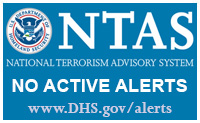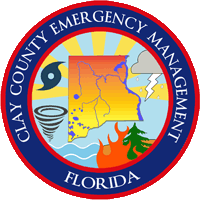As part of upgrades to the ARES® program, ARRL will phase out traditional hard-copy report forms later this year in favor of an online system, ARES® Connect — a new volunteer management, communication, and reporting system. The system (in beta testing since March in four ARRL sections with large ARES organizations) will allow ARES members to log information for ARRL Field Organization handling but does not change how ARES serves partner organizations. ARES training also is due for enhancement.
.jpg) At the Hamvention® ARRL Membership Forum in May, Great Lakes Division Director Dale Williams, WA8EFK, who chairs the ARRL Public Service Enhancement Working Group, discussed dramatic changes occurring among agencies in the emergency/disaster response sector and the transition to ARES Connect. In his presentation, “ARES Advances into the 21st Century — a New Program, a New Mission,” Williams outlined the vision for an ARES comprised of organized, trained, qualified, and credentialed Amateur Radio operators who can provide public service partners with radio communication expertise, capability, and capacity.
At the Hamvention® ARRL Membership Forum in May, Great Lakes Division Director Dale Williams, WA8EFK, who chairs the ARRL Public Service Enhancement Working Group, discussed dramatic changes occurring among agencies in the emergency/disaster response sector and the transition to ARES Connect. In his presentation, “ARES Advances into the 21st Century — a New Program, a New Mission,” Williams outlined the vision for an ARES comprised of organized, trained, qualified, and credentialed Amateur Radio operators who can provide public service partners with radio communication expertise, capability, and capacity.
Goals include aligning the ARES organizational structure with the National Incident Management System (NIMS) and Incident Command System (ICS). Emergency Coordinators (ECs) will continue to lead local ARES teams during an incident, with support from District and Section Emergency Coordinators.
Changes would encompass additional mandatory training to include ARRL Emergency Communications courses and the now-standard FEMA NIMS/ICS courses IS-100, 200, 700, 800, with IS-300 and 400 for higher levels. Training levels attained would dovetail with three new levels of ARES participation.
The ARRL Headquarters staff is undergoing training in ARES Connect administration, with group registration under way and IDs assigned. ARES-related publications also are being updated, along with an ARES strategic plan and introductory announcement. An article on ARES enhancements — once they have been approved by the ARRL Board of Directors — is set to appear in the September 2018 issue of QST. Read more. — Thanks to Rick Palm, K1CE/ARES E-Letter




